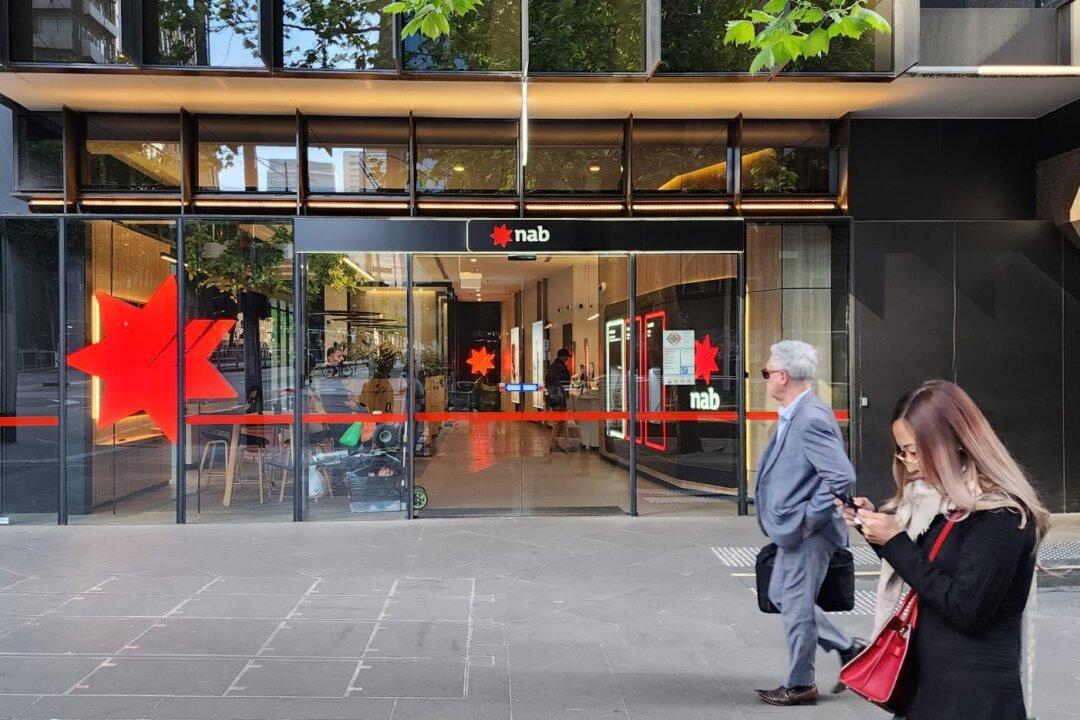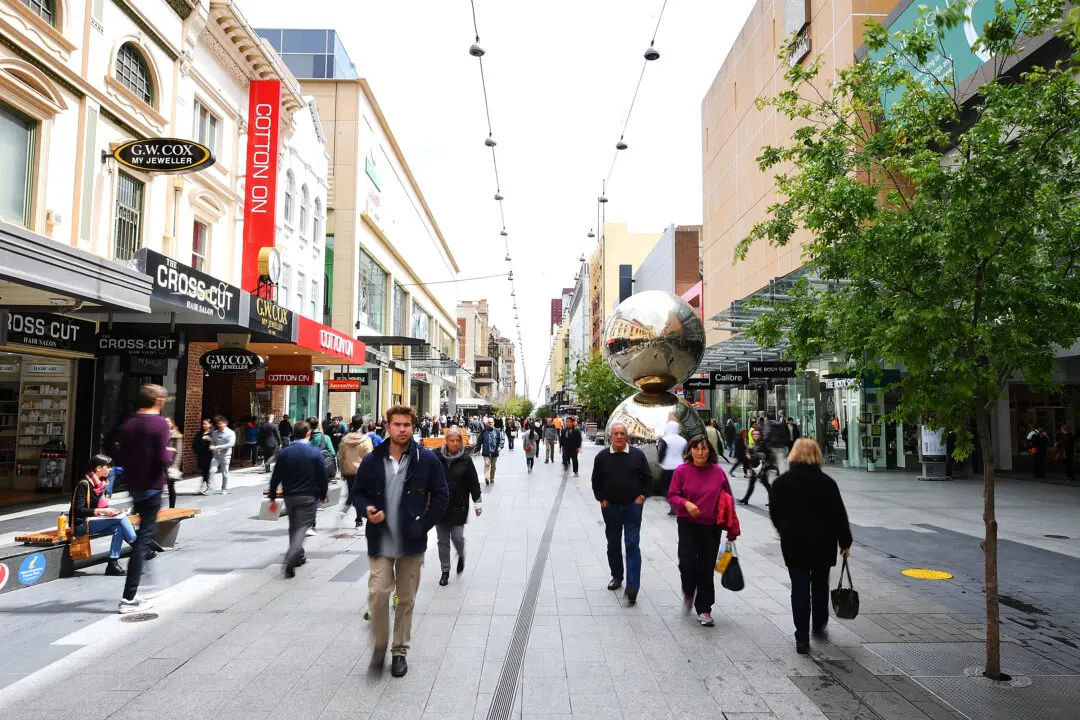National Australia Bank (NAB) has reported unaudited cash earnings of $1.8 billion (US$1.2 billion) in the first quarter of 2024, down 16.9 percent compared to the prior corresponding quarter.
However, this result beat market expectations, with the NAB share price rising 0.36 percent, closing at $33.61 on the Australian Stock Exchange (ASX). For perspective, Commonwealth Bank of Australia shares shed 1.99 percent on Feb. 21, while Westpac shares fell 0.04 percent.





